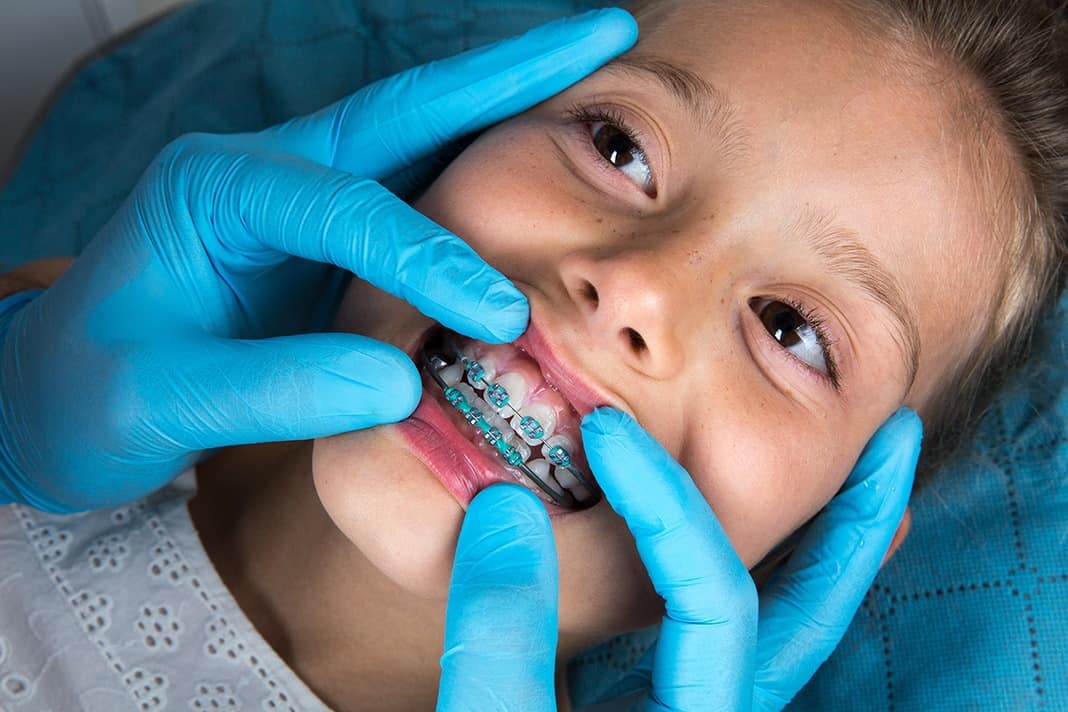Many kids cringe at the thought of braces or headgear for reasons ranging from appearances to perceived pain and many parents cringe at the thought due to price. The good news for parents: there are ways to plan for a child’s orthodontic needs, but timing is everything. Just like anything else it is best – and most cost effective – to confront problems early. If orthodontic issues go unchecked, a slew of issues including gum disease, tooth decay, jaw pain, etc. can surface and last throughout a person’s life until the problems are resolved.
The big questions are: when should parents mobilize? What are the signs that a child should see an orthodontist?
“There is no one-size-fits-all answer to orthodontic issues for children – everyone is unique and the genetic fingerprint that paves the way for tooth and jaw issues can surface at different times,” said Calgary orthodontist Dr. Vivek Cheba. “The best time for treatment will depend on the specific issues and their severity.”
There has been a recent shift in treatment practices of which parents should be made aware. The days of waiting to resolve orthodontic issues once the child reached adolescence and permanent teeth had erupted are long gone. This strategy generally led to extractions in order to leave space for other teeth to shift during treatment.
Now, orthodontists are being more proactive and staggering treatment throughout childhood and adolescence. “Interceptive orthodontics” is being used to treat children from 7-11 years old.
“This way, we can correct orthodontic issues before they fully develop, keep more of your child’s permanent teeth, and have a positive early impact on their oral health,” Dr. Vivek Cheba said. “With interceptive orthodontics for children, orthodontic appliances (not strictly braces) can be used while a child still has his or her baby teeth. Once the child’s adult teeth erupt, we can begin a second phase of orthodontic treatment,” Dr. Vivek Cheba added.
So what are the early signs of orthodontic issues?
- Overly crowded teeth (one or both jaws would need to be expanded)
- Misaligned teeth
- Extreme tongue thrust habits
- Protrusion of front teeth
What are some potential advantages of interceptive treatment?
Early interceptive orthodontic treatment can offer a variety of benefits: crowded teeth will have room to emerge, the risk of trauma from protruding front teeth is lessened, there is a decreased need for tooth extraction, treatment length is reduced, and the need for treatment later in life is also reduced.
It is important to have a treatment dialogue with an orthodontist in order to lookout for your child’s health. Greater innovation and earlier treatment can have tremendous benefits for a child’s quality of life throughout childhood and into adulthood.
Orthodontic treatment has benefits at any age, according to the Canadian Dental Association.
A person’s bite is how top and bottom teeth come together and is impacted by the position of teeth and jaws. “When your top and bottom teeth do not fit together properly, this is called a malocclusion or a bad bite. Problems like missing, crooked, crowded or protruding teeth can contribute to a bad bite,” according to the website. “A bad bite can make it hard to chew some foods and may cause some teeth to wear down. It can also cause muscle tension and pain. Teeth that stick out are more easily chipped or broken. Crowded and crooked teeth are harder to clean and may be more likely to get cavities and gum disease. Fixing a bad bite improves your smile and your health.



